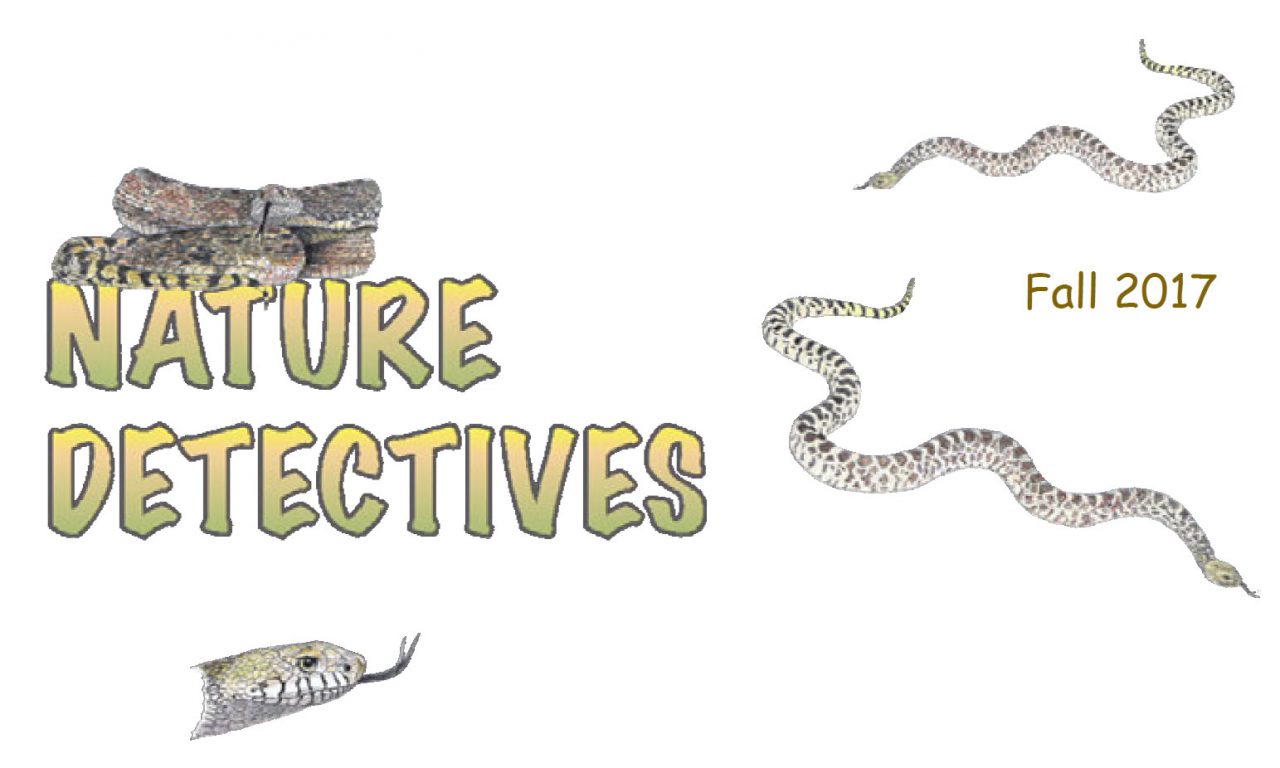The slender bull snake lay coiled out of the sun, sheltered beneath a big rock. It had feasted on mice, voles and pocket gophers during spring and summer, and had grown to six feet in length. Soon it would move into the hibernation den it shared with other kinds of snakes every winter. Successful summer hunting gave the snake a better chance to survive deep underground for months without food.
The cautious snake flicked its tongue in the air, scanning for smells that meant prey or danger. The snake saw nothing moving and felt no vibrations from human footsteps so it slithered into the open and headed toward its favorite hunting hideout.
Lucky to Spot a Snake
A young girl with a camera was standing quietly on the path, and she watched the snake disappear into the grass. She knew snakes try to avoid people so catching a glimpse of one was a treat. This snake was beautiful with dark blotches on a cream-colored background.
The girl did not see any rattles on its tail. Rattles would mean a rattlesnake. Rattlesnakes can inject venom with their bite to kill prey. She liked snakes, even rattlesnakes, at a safe distance. She guessed the big snake was a bull snake. She’d read bull snakes are constrictors that squeeze their prey to death. She was excited to tell her brother, and wished it hadn’t escaped before she could snap a photo.
If you spend time in open areas anywhere in Boulder County, you might get to see a bull snake. Bull snakes inhabit territory from the plains up to the montane, below 9000 feet in elevation. They need enough prey to eat and space for dens. They are especially common on the plains and in the foothills.
People don’t always realize the necessity of slithery reptiles in our ecosystem. Bull snakes play an important role in keeping rodent populations in check. They are also cool and exciting to see.
Continue Reading & Download the Print Edition
Nature Detectives Library
Every past issue of Nature Detectives can be found in the Nature Detectives Library!


